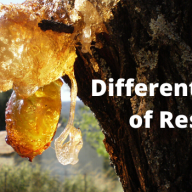Titanium Dioxide Uses and Description
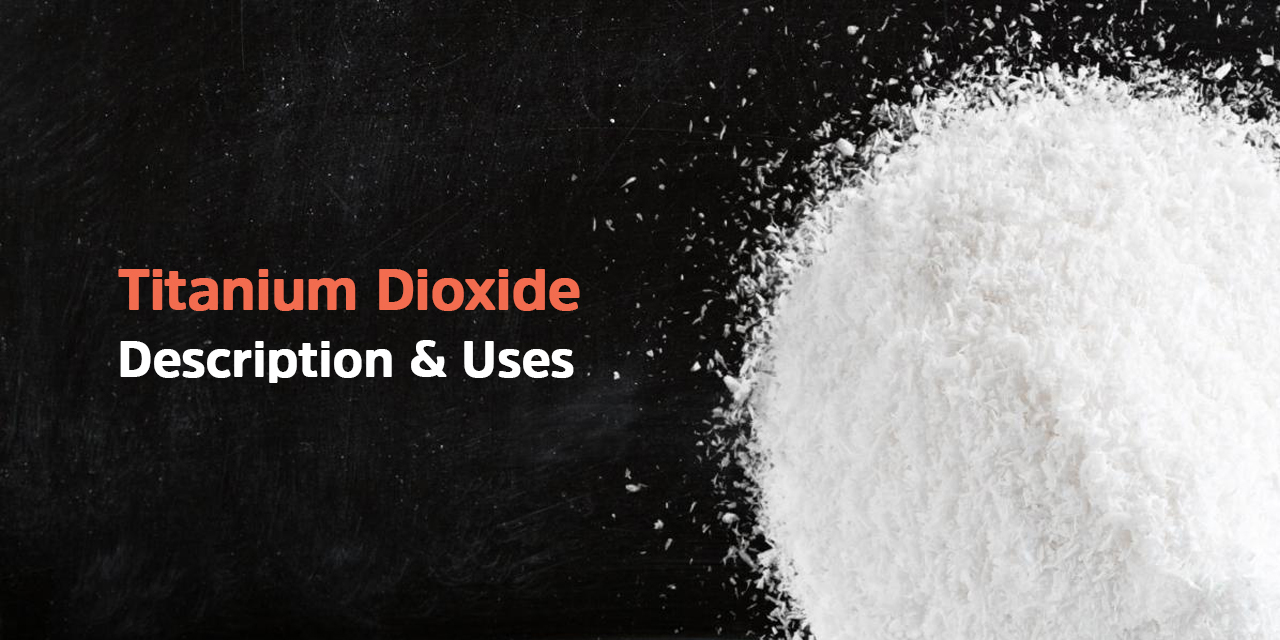
Being the ninth most naturally occurring element in the crust, Titanium is an element you can find in animals and plants. It reacts naturally with oxygen to give rise to titanium oxides, which are usually found in sands, dust, ores, and soils.
Titanium dioxide or otherwise called TiO2 is a white substance, which is primarily used as a vibrant colourant in a huge array of products and applications. There are various qualities that Titanium Dioxide uses, making it a significant ingredient in the efforts to fight climate change and inhibit skin cancer.
Due to the bright white tone, the property to scatter light, and UV resistance, this is a phenomenal ingredient that appears in various products we come across every day, bringing numerous effects to the quality of life and industrial growth. The businesses rely on Titanium Dioxide Manufacturers In India to source industry-grade TiO2 for various industrial operations and processes.
Let’s discuss the features of Titanium Dioxide, the description, and the core applications of TiO2 in various industries in detail through this blog post.
What is Titanium Dioxide?
Titanium Dioxide plays an important role as a core ingredient in sunscreen applications. Its daily intake works in UV filtration for sunscreen- it blocks the absorption of UV rays which can impact sunburn or risk for cancer, to safeguard the person’s skin.
The pure form of Titanium Dioxide is a smooth and white TiO2 powder that creates a bright white pigment. It has been used for years in a massive range of consumer and industrial products, which include coatings, paints, paper, adhesives, plastics, printing inks, rubber, textiles, coated fabrics, floor coverings, ceramics, roofing materials, soap, cosmetic pigments, toothpaste, automotive products, Titanium dioxide in food additive, food colouring, pharmaceuticals, water treatment, sunscreen, and different catalysts.
Also Read: Properties And Uses Of Xanthan gum
Chemical Composition of Titanium Dioxide
The most common metal found on Earth, Titanium Dioxide is one of the most frequent metals on earth; however, it does not occur naturally in the elemental structure. When Titanium combines with Oxygen in the air, a natural compound called Titanium oxide or Titania takes birth.
Being an oxide, you can find Titanium in the earth’s crust in the form of minerals. You can also witness these minerals in other elements like Iron and Calcium. TiO2 is the chemical formula of Titanium Dioxide and it includes a single atom of Titanium and also two oxygen atoms.
TiO2 is chemically inert— it does not combine with other chemicals, so it forms a stable substance that you can use in various industries to cater to different applications.
Also Read: Application and Properties of Zinc Phosphate
Types of Titanium Dioxide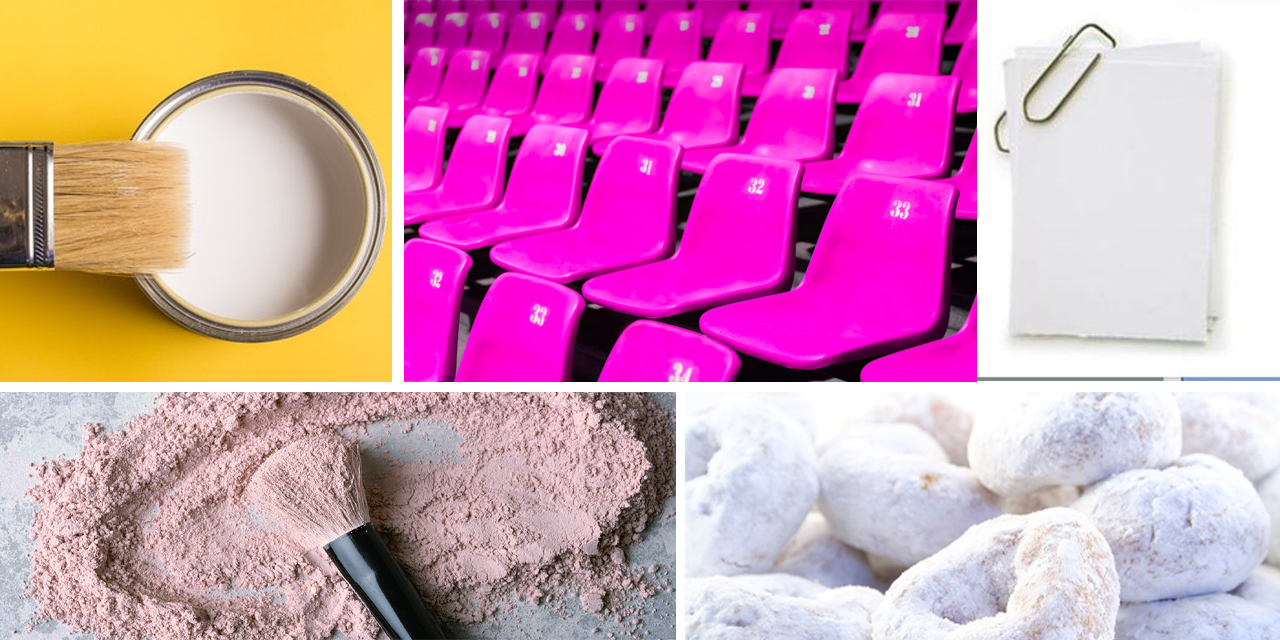
You can produce Titanium Dioxide in two major types: where the primary form comprises more than 98% of the total production, called the pigment grade. This pigment form utilizes the best light-scattering features of TiO2 in applications that nerd brightness and white opacity.
Another form is where you can produce Titanium Dioxide dust as a nano-sized TiO2 or ultrafine TiO2. You can select this form when the applications like cosmetic sunscreens require properties like transparency, greater Ultraviolet light absorption, etc.
Let’s dive deep into these types of Titanium Dioxide:
Also Read: Niacinamide Uses: The Complete Beginner’s Guide
Pigment-grade Titanium Dioxide
The pigment grade of Titanium Dioxide can be used in a huge range of applications that need large opacity and brightness. In general, most items and surfaces are pastel and white, also even the dark colour shades include Titanium Dioxide. You can find the pigment-grade Titanium Dioxide uses in various areas that include:
- Paints and Coatings: TiO2 offers durability and opacity, and helps ensure that the paint has longevity and safeguards the applied surface.
- Cosmetics: You can use pigment-grade Titanium Dioxide in certain cosmetics to help in eliminating blemishes and brighten the skin. It can also help in utilizing the thinner coatings of the make-up to get desired skin effects.
- Adhesives, rubber, and plastics: It can let you reduce the fading, brittleness, and cracks that might occur in plastics and other related materials as an impact of light exposure.
- Paper: It helps to coat paper which makes it bright, white, and mostly opaque.
- Food and Ingredients: TiO2 offers great opacity to both UV and visible light, which protects the food, pharmaceuticals, additives in food, etc. against degradation.
- The pigment-grade Titanium Dioxide is also applicable in capsule coatings, drug tablets, coatings, and decorations in foods.
Also Read: Important Properties and Uses of Urea Formaldehyde Resin
Ultra-fine grade Titanium Dioxide
Ultrafine-grade or Nanoscale Titanium Dioxide can fall into various categories of industrial applications as follows:
Sunscreen: The ultra-fine grade TiO2 acts transparently to the visible light when it serves as a perfect UV light absorbing agent. Since the Titanium Dioxide particle sizes are very small, they cannot reflect visible light.
However, Titanium Dioxide nanoparticles can absorb UV light and enable a transparent barrier that can secure the skin against the toxic rays of the sun. The use of Sunscreen can help in human health, ie., to prevent the chances of getting affected with skin cancer.
Catalyst: You can use nanoscale Titanium Dioxide as a support element for various catalyst applications. The major uses of TiO2 include the automotive industry where it can help to eliminate harmful effects of dangerous gas emissions and also in the power stations to avoid nitrous oxide.
Also Read: How to Select the Ideal Chemical Supplier in India
Physical properties of Titanium Dioxide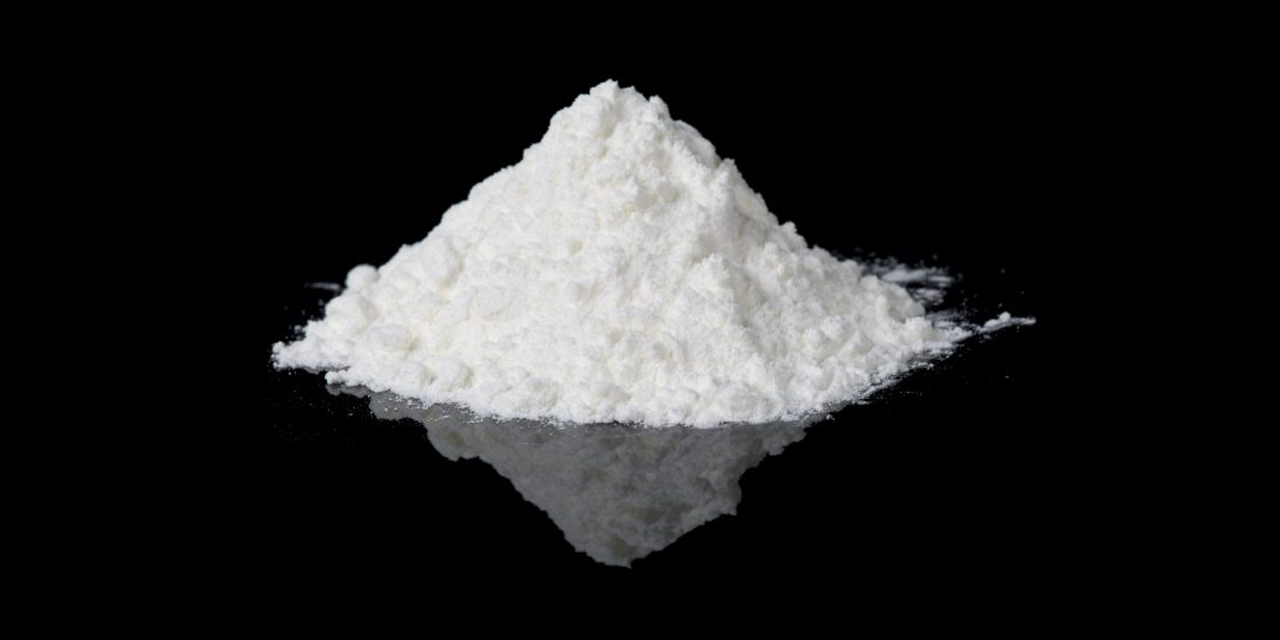
Titanium Dioxide has found various characteristics that make it ideal for several applications. It includes a melting point as high as 1843ºC and a boiling point of 2,972ºC.
It happens naturally as a solid, also it is not water-soluble. Also, TiO2 acts as an insulator. In contrast to the other types of white materials which seem to be yellowish under light, it doesn’t change its colour and remains as bright white.
It also has a high refractive index level, which means the property to scatter light, which is greater than diamond. It is a bright substance and the perfect material to use for aesthetic design.
Another significant feature of Titanium Dioxide is its ability to show photocatalytic activity when you subject it to UV light. This is ideal for environmental purification, to be implemented in various protective coatings, anti-fogging surfaces, sterilizations, and sometimes also in cancer therapy.
Here are the core properties that make Titanium Dioxide uses ideal in many industrial applications.
- Brilliance: It incorporates high brilliance, opacity, colour strength, and pearlescence, different from any other elements.
- Resistance: It also possesses features like stability against light, heat, and weather, to avoid the degradation of paints, embrittlement of the plastics, and films.
- Protection: The safety of Titanium Dioxide is high– it can absorb and scatter the UV radiation to make it a core ingredient for sunscreen and protect skin against harmful, cancer-producing UV radiations.
- Anti-pollutant: It acts as a photocatalyst in solar panels and helps to reduce the pollutants in the air.
Also Read: Chemicals Used in Daily Life
Role of Titanium Dioxide in Paints and coatings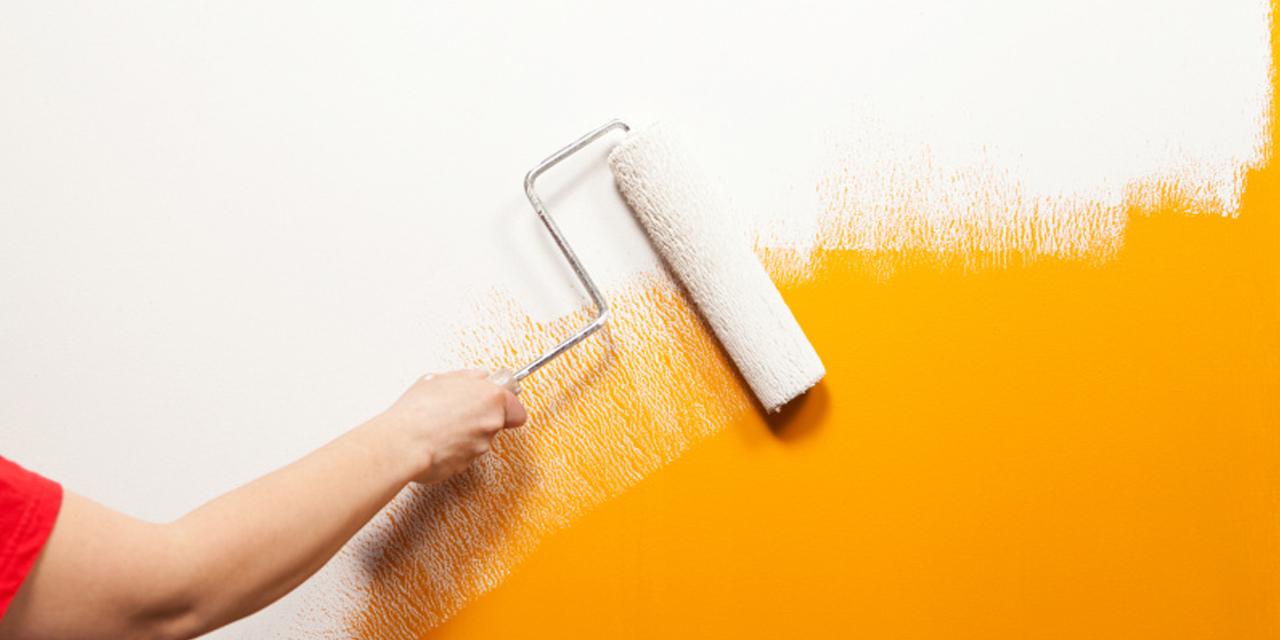
You might still wonder why is Titanium Dioxide used in Paint? As mentioned earlier, TiO2 and the white pigments can reflect light diffusely to make the paint films opaque.
Since white pigment bends or disperses light, the reflection occurs. When there is adequate white pigment in the paint film, the most visible light that strikes it, except the tiny amount that pigment absorbs, will be reflected, letting the film appear white, bright, and opaque.
The major control of brightness and the opacity in the white paint films relies on the level of scattering of light. This means the extent of bending of light, while in coatings, it means the bending of light with refraction, surface reflection, and diffraction.
When you use TiO2 as a pigment in paints it is popular as Titanium White, also called Pigment White 6. This is better known as ‘ whitest white ‘ or ‘ perfect white ‘ due to the pure whitening or powerful features.
Till the 1920s, the then paint manufacturers used extremely toxic white lead in the form of whitener and did not convert initially to utilizing the TiO2 due to cost concerns.
Nowadays, Titanium Dioxide is the most widely used pigment worldwide, and the prime ingredient in paint colours. You can also see it in the coatings and various plastics. The above applications of TiO2 account for over 50% of its worldwide usage.
With a high refractive index and reflective quality, you can apply it to the surface or incorporate it into the paint products for the brightness you expect. An example of its use in industrial applications is as a coating that helps wind turbines to maintain their white colour and safeguard against UV degradation.
You can also witness its applications in plastic window frames and many other paint coating purposes.
Being a rutile form pigment, Titanium Dioxide:
-provides neutral tone and high-end brightness for the white coatings;
-generate clean and brilliant tints;
– can disperse readily and suit all the requirements of the latest production methods;
– offers high hiding power and fits into the economical usage;
– builds a low-haze and great gloss protective coatings;
– can find the best suitable for water-borne, oil-borne and solvent-borne coatings and paints for outdoor purposes.
Also Read: Polyester Resin vs Epoxy Resin: All You Need To Know
The Parting Shot
Due to the best stability, corrosion resistance, and above all the high refractive index, you can find the application of Titanium Dioxide across many industries. This is why TiO2 is a perfect ingredient in paints and coatings applications as well.
If you are in search of high-end and industry-grade Titanium Dioxide from reliable Titanium Dioxide Manufacturers in Delhi, and not aware of where to get it from, Bansal Trading Company is specialized in delivering you high-quality chemicals based on your project needs. Get in touch today and transform your requirements into reality through quality-specific chemicals with the promise of Bansal Trading Company.
Also Read: What Is Epoxy Resin? Best 5 Epoxy Resin Uses
BTC_WEB_ADMIN




